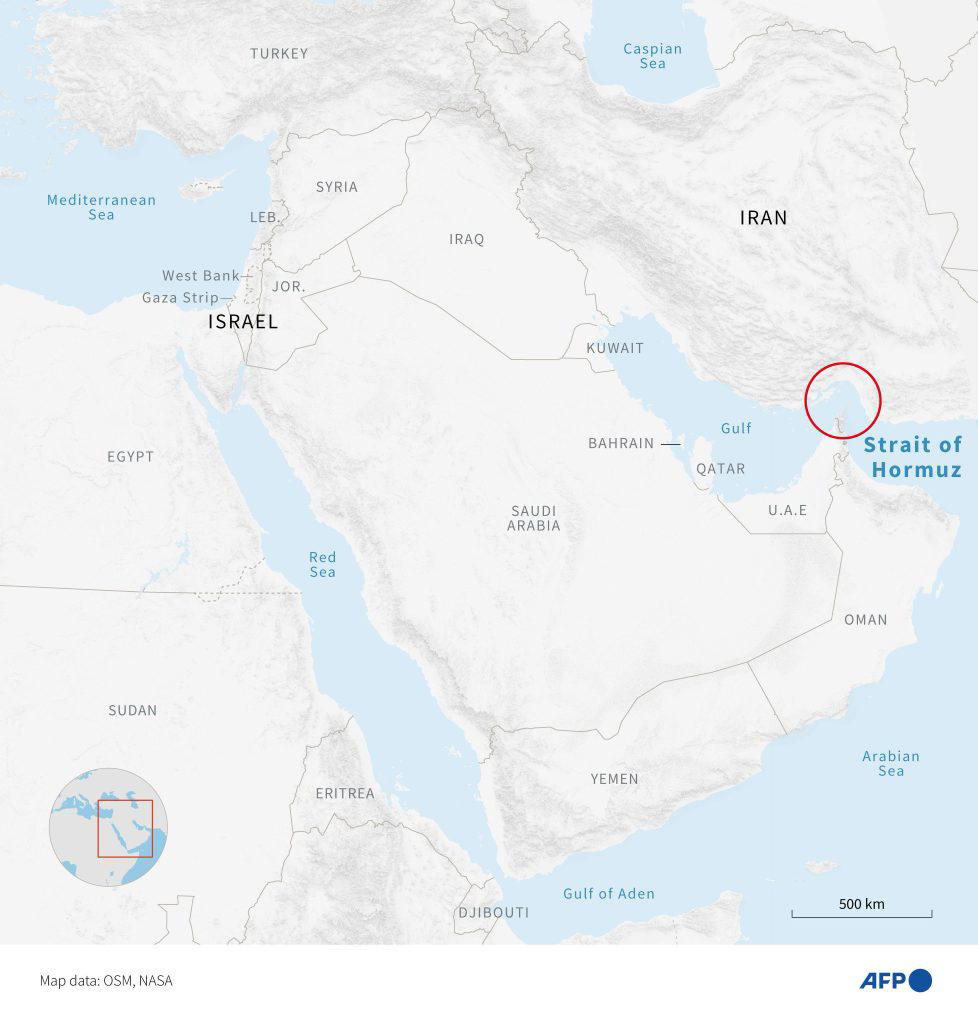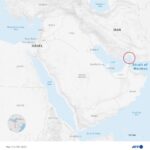
As tensions rise, fears mount over potential Iranian retaliation and its global economic ripple effects. With Iran reportedly considering a blockade of the Strait of Hormuz following U.S. strikes on its nuclear facilities, analysts warn that oil and petrol prices could surge worldwide.
The Iranian parliament has allegedly voted in favour of closing the strait, a vital channel for global energy trade. Leaving the final decision to Iran’s Supreme National Security Council. If enforced, this move could have significant consequences for countries that rely heavily on imported fuel.
What is the Strait of Hormuz?
The Strait of Hormuz is a narrow and strategically vital waterway, considered the world’s most important oil transit choke point. It serves as the only maritime access in the Persian Gulf.
Iran borders the northern side of the strait, while Oman and the United Arab Emirates control the southern coastline. It’s a tight maritime corridor but crucial for energy transportation.
Where is the Strait of Hormuz?
To visualise its size, at its narrowest point the Strait of Hormuz is:
About twice the distance between Perth and Rottnest Island
Roughly the length of North Stradbroke Island
Comparable to the stretch between Sydney CBD and the Blue Mountains
Narrower than the width of Port Phillip Bay
Despite tensions during the Iran-Iraq War (1980–1988), the strait was never completely shut down, though many commercial vessels were targeted.
Why is it important?
The Strait of Hormuz is critical to global energy supply. Around 20% of the world’s oil, equating to roughly 20 million barrels per day, passes through the strait. It also accounts for a quarter of the global liquefied natural gas trade.
Between early 2022 and May 2025, data from analytics firm Vortexa shows that 17.8 to 20.8 million barrels of crude oil, condensates, and fuels were shipped through the strait every day.
Major oil-exporting nations, including Saudi Arabia, Iraq, Iran, Qatar, and the UAE, rely on the strait to export their energy products to global markets.
Who controls the Strait of Hormuz?
Although Iran borders the northern part of the strait and controls some of its islands, it does not have exclusive control. The southern boundaries are shared by Oman and the UAE, and any attempt to block the strait would likely provoke a swift international military response.
The U.S. Fifth Fleet, along with allied Western navies, patrols the area continuously to ensure safe passage for commercial vessels.
According to Iranian state media, the ultimate decision on the strait’s closure now lies with Iran’s Supreme National Security Council, following the parliament’s reported approval of the motion.
The post Israel-Iran tensions: What is the Strait of Hormuz, and how could it impact global oil prices? appeared first on Vanguard News.









